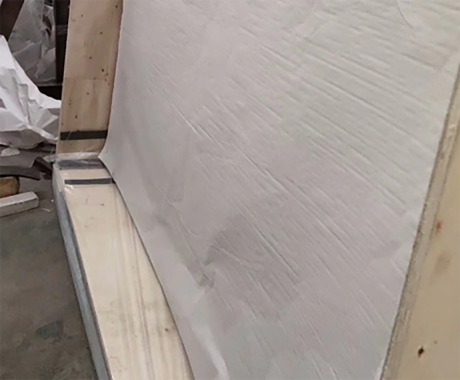

The Enigmatic World of Glass Mirrors
In the realm of home décor and personal grooming, few objects hold as much significance as the glass mirror. This seemingly simple piece of glass, framed or unframed, has been a staple in human lives for centuries, serving both practical and artistic purposes. The mirror, with its reflective surface, doesn’t merely show us our physical appearances; it often reflects deeper societal values, historical changes, and psychological dimensions.
Historically, mirrors were crafted from materials like polished stone, metal, or molten glass until the creation of the first true glass mirrors in the 16th century. The development of glass mirrors revolutionized personal grooming and aesthetics. For the first time, individuals could see their likenesses clearly, allowing for an emergence of self-awareness and vanity that shaped cultural norms. In many cultures, mirrors were seen as magical objects, believed to hold powers of divination or serve as portals to other realms.
Beyond their practical use, glass mirrors also play a vital role in artistic expression. Throughout history, mirrors have been used in paintings and sculptures to manipulate light and space, creating mesmerizing illusions. Renowned artists like Velázquez and Manet incorporated mirrors into their artworks to explore themes of reflection, perception, and reality. In contemporary art, mirrors continue to challenge viewers’ perspectives, encouraging introspection and re-evaluation of one's self-image.

The psychological implications of mirrors are profound. They do not merely reflect our physical selves; they also offer a glimpse into our emotional states. The act of looking into a mirror can evoke feelings ranging from confidence to self-criticism. Many psychologists have studied the “mirror effect,” which refers to how our perception of ourselves can shift based on our surroundings and mindset. For some, mirrors can reinforce positive self-image, while for others, they might evoke feelings of inadequacy or insecurity. This duality makes the mirror a powerful symbol in various narratives and philosophical discourses.
Moreover, glass mirrors are essential in contemporary architecture and interior design. They create illusions of space, making small rooms feel larger and brighter. Designers often employ mirrors to enhance the aesthetic appeal of spaces, employing them as statement pieces or subtle accessories. For instance, a well-placed mirror can reflect natural light, elevating the overall ambiance of a room and promoting a sense of openness and tranquility.
In popular culture, mirrors feature prominently across various mediums. They are often depicted as haunting symbols in literature and film, a threshold between reality and the supernatural. From the evil queen in Snow White to the reflective pool in Alice's Adventures in Wonderland, mirrors challenge characters to confront their true selves, illustrating the complexities of identity and self-perception.
In conclusion, the glass mirror transcends its basic function of reflection. It stands as a multifaceted object rich in historical significance, artistic inspiration, psychological depth, and architectural utility. As we gaze into the glass mirror, we are not merely seeing our physical appearances; we are engaging with a symbol that reflects the complexities of the human experience. Whether it be through self-exploration, artistic interpretation, or spatial design, glass mirrors encourage us to contemplate our identities and the world around us. In every reflection, we find not just our likeness but also the stories, emotions, and cultural legacies that shape who we are.